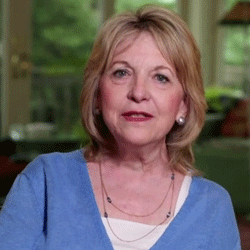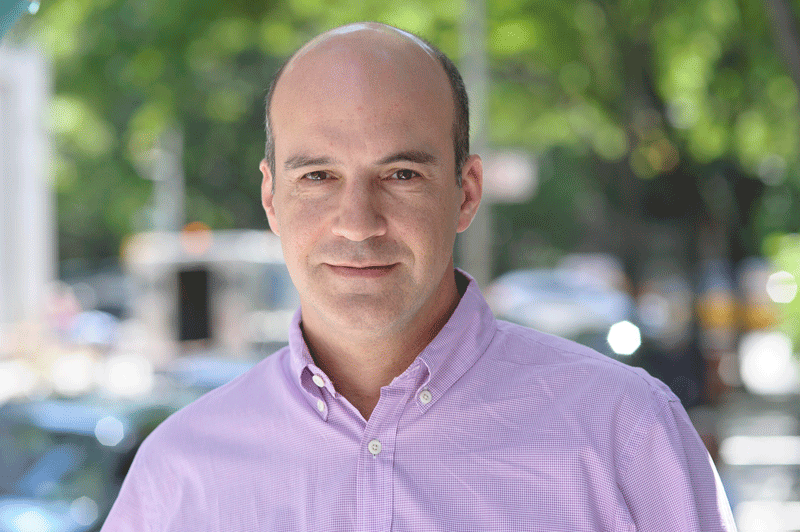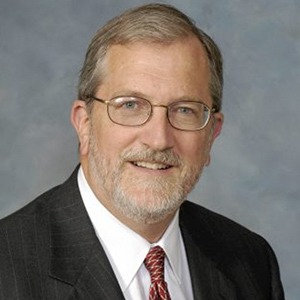NCCS Responds to Two Recent Articles Covering the Complexities of Transparency and Shared Decision-Making Issues

Post by Ellen Stovall, NCCS Senior Health Policy Advisor
Two stories in last week’s New York Times illustrate the complexities of the changing healthcare marketplace. They both describe discrete issues that beleaguer and hinder the transparency and shared decision-making that we at the National Coalition for Cancer Survivorship (NCCS) call for when patients need to make an informed decision about their care. We comment on them to point out how any snapshot approach taken by these two articles – pointing to changes in locus of treatment or payment models that may be contrary to the needs of individual patients – only addresses one piece of an extremely complex and broken system. Neither touches on the much bigger problem as more than a decade of Institute of Medicine (IOM) reports affirm: “In the United States, we have a cancer care system in crisis.” There are a multitude of factors that contribute to this crisis in cancer care that go beyond these two important pieces in the Times.
In “Private Oncologists Being Forced Out, Leaving Patients to Face Higher Bills,” noted New York Times science and health writer, Gina Kolata, points to the current trend of community-based private oncologists being forced out of practice, resulting in the need to send patients to the hospital for treatment. On the surface, an otherwise naïve reader might see this as simply a “location matters” message which may imply a certain level of quality care in one place over another. The headline itself suggests a squeeze on private practice oncologists that will force them out of business and their patients potentially facing higher bills in a hospital setting.
While these facts seem indisputable in light of a current report, the question that goes unanswered for patients is what these changes mean for patient preferences and the quality of patient care? Our concern is that without better transparency of how money flows through our current system, a patient is once again in the dark about matters that increasingly have an impact on their financial solvency, no matter the setting. And then there is the looming question in all of cancer care where reimbursement is described by the word “perverse.” This raises a bigger question of whether physicians are swayed to prescribe drugs that afford them greater profits, no matter the setting of where care is delivered. However one reads Kolata’s article, we do not have a system that allows cancer patients to make the most informed decision about the treatment(s) they will need, no matter the location where that treatment is administered.
The second is an opinion piece, “How Medical Care Is Being Corrupted,” by Pamela Hartzband and Jerome Groopman, Harvard Medical School faculty members. Hartzband and Groopman expressed their concerns about various health care payment plans that may contrary to the needs of the individual patient.
We agree with their observation that mistrust of the incentives in the payment system has plagued the perception of oncology practice for decades. While we fundamentally support this view, misguided incentives are far from the only practice that threatens the delivery of quality cancer care. Having cancer is such a fearful experience, that to add mistrust of our physician to the mix of concerns patients have, needs to be handled much more effectively. We must begin with honest and transparent communication between physician and patient and we need to reward that process as an essential element of patient-centered care. The caveat emptor for people diagnosed with cancer is not “Just follow the money.” Getting down to basic humanistic and empathic conversation between doctor and patient, and treating the whole patient, not only the tumor, is the very place to begin our way forward.

“Getting down to basic humanistic and empathic conversation between doctor and patient, and treating the whole patient, not only the tumor, is the very place to begin our way forward.”
In our advocacy, we have encouraged the creation of a system that rewards a process of informed shared decision-making and coordination of care; a system that is not volume based, but one that takes into account the values and preferences of each individual patient. The result of those communications would be an agreed-to written or electronic plan that reflects the shared decision-making process between doctor and patient. This would not be a static document, but a dynamic plan that is revisited, updated, and altered as the disease remits or the patients’ needs change throughout the course of their care. Isn’t this the approach we would all want?
We are not talking about population-based healthcare in this instance; we are talking about patient preferences and their importance in the initial discussions with our doctors and health care providers. While this does not squarely address the issues raised by Hartzband and Groopman about performance payments, it begs the larger questions to each and every doctor about what is the very best they can do for a given patient. Recognizing that our current payment system does not incentivize doctors with payments that will help their patients live a better quality of life, we know that all-too often clinical interventions are often less effective than patients would hope, if not sadly ineffective.
Many very caring oncologists we know have told us that they have difficulty talking about many things with their patients, chief among them, that current therapies are not going to result in a better length or quality of life. And if having these conversations were so valuable, wouldn’t insurers want to better reimburse for that process? The thing we hear most often is the last thing they want to do is to take away “hope” for their patients. Hope for what? To be cured when cure is not likely? Hope to live a better quality of life?
Is using this reasoning about taking away hope a way of avoiding the difficult discussions about the futility of current treatments? Is this avoidance serving their patients as well as it could? Does the way oncologists make their living from treating cancer patients align with their desire to do the very best for their patients? Does our payment system facilitate or impair these discussions? Do our current or proposed ways of paying for care make sense?
Perhaps we can all take something from Vaclev Havel’s oft-quoted words on “hope” to help address a physician’s desire to not diminish hope for their patients, and perhaps our payment system can better incentivize doctors to carry forth with these discussions
“Hope is definitely not the same thing as optimism. It is not the conviction that something will turn out well, but the certainty that something makes sense, regardless of how it turns out.”




